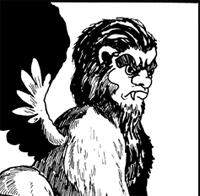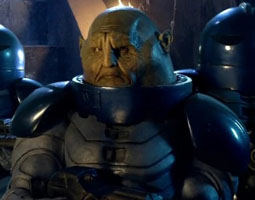Appearances
The Silurians make their debut in the somewhat oddly titled Third Doctor story Doctor Who and the Silurians. This establishes many of the basics of the race, including the ambiguity about whether they count as ‘evil monsters’ or not. In the later Third Doctor story The Sea Devils, it becomes clear that there are multiple forms of their race, although the Sea Devils themselves are sufficiently different from the baseline Silurians that I’m going to leave them for a later post. The Silurians make a final classic series appearance during the Fifth Doctor’s run in Warriors of the Deep, teaming up with the Sea Devils. In the modern show, they’ve only really appeared as villains once, in the Eleventh Doctor story The Hungry Earth, which partly mirrors the plot of their original story. They have also been mentioned and made brief appearances in other stories, even if we ignore Madame Vastra.




